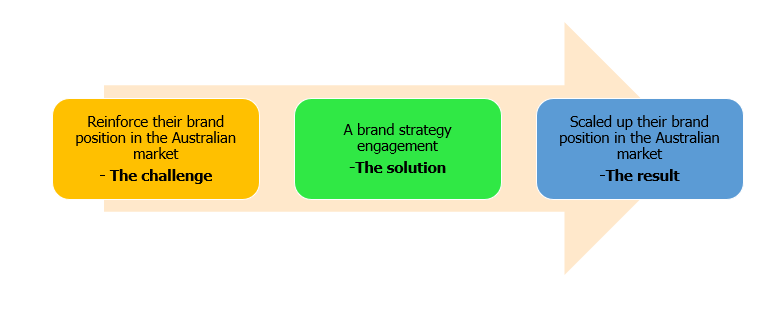Today, meeting the constraints and maximizing the customer value put a lot of cost pressure on the automobile chassis manufacturers across the globe.
The upcoming regulation about the CO2-emissions and the need to reduce fuel consumption of the vehicles has a very high influence on the design of the components. The automobile chassis does have a direct impact on the mass, the rolling resistance, the overall friction, the aerodynamic drag and, to some degree even the electric loads. However, in general customers today are not generally very interested in technology, but they evaluate a vehicle by its attributes, appearance, and overall performance. That implies that the goal is not to design a ‘good chassis’, but to find a resolution that makes the total vehicle more attractive.
In the early years, the focus was on the primary function of a chassis, which is to offer the best possible ride and handling performance. The reason behind this narrow view was that neither ride nor handling scored very high and consequently a good chassis meant a significant advantage in the marketplace. However, today, we have new criteria that play an ever-increasing role in the design of a chassis. The legislation is imposing high safety standards and automobile chassis manufacturers must meet tough emissions targets. As a result, automobile chassis manufacturers are selecting architectures, components, and other design factors such that the  resulting chassis meets all legal and market specific requirements and maximize the perceived value of the total vehicle, exceeding customer expectations.
resulting chassis meets all legal and market specific requirements and maximize the perceived value of the total vehicle, exceeding customer expectations.
Business Issues
- The client: An automobile chassis manufacturer
The client, a leading manufacturer of automobile chassis based out of the US, approached Infiniti Research to leverage a brand strategy solution to reinforce their position in the Australian market. The principal objective of the engagement was to gain a comprehensive overview of the competitive landscape, market position, and customer expectations in the Australian region. Besides, the client also wanted to evaluate the authenticity of the organization and drive operative marketing campaigns to improve brand awareness.
How Can Brand Strategy Engagement Help Companies in the Automobile Chassis Manufacturing Market?
A robust brand strategy can take what individuals know and believe about your business to new levels. An active brand strategy takes an asset that may now be largely underused and turns it into a powerful competitive weapon. It will elevate the relevance and importance of what is already known and believed about your business. It can also add many new reasons, both emotional and rational, which will create stronger bonds with customers and make your business more attractive to prospects.
Summary of our brand strategy solution

Client Journey
The brand strategy experts at Infiniti followed a comprehensive research methodology comprising of interviews and discussions with prominent stakeholders in the automobile industry. The experts also relied on sales and marketing reports, syndicated research reports, relevant websites, and company publications to help the client fine-tune their marketing strategies and maximize competitiveness.
The Solution Benefits and the Business Impact
The automobile chassis manufacturer gained better clarity into the competitive landscape and enhanced the brand’s performance with the help of Infiniti’s brand strategy solution. The client also built credibility, improved brand recognition, and increased advertising effectiveness. Also, the brand strategy engagement helped the client deliver value that the customers in the Australian market were looking for. Furthermore, the client built a customer-focused marketing strategy to scale up their position in the Australian market.
The Future
Up until now, major brands would build four or five different models off a single platform. However, today, derivatives share common non-consumer facing product elements including common chassis underpinning, body structures, and core components to make differentiation of consumer-facing features profitable. But running more derivatives per platform also increases complications. Therefore, to manage this complexity, prevent cannibalization, control costs, and ensure that differentiation is aligned with consumer preference, OEMs need to develop new global platform strategies, including modular concepts that would create additional value.



